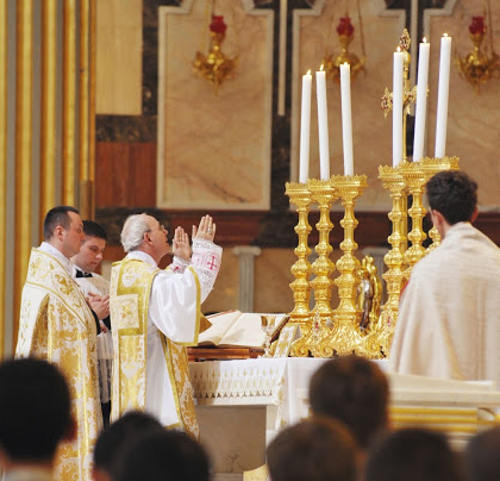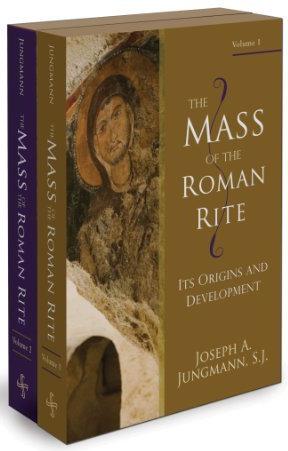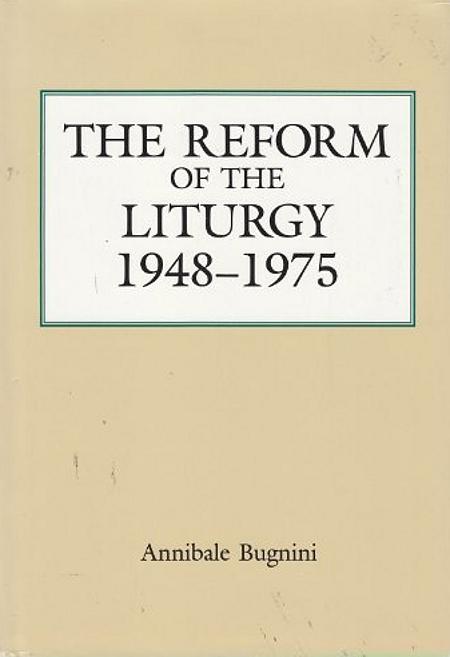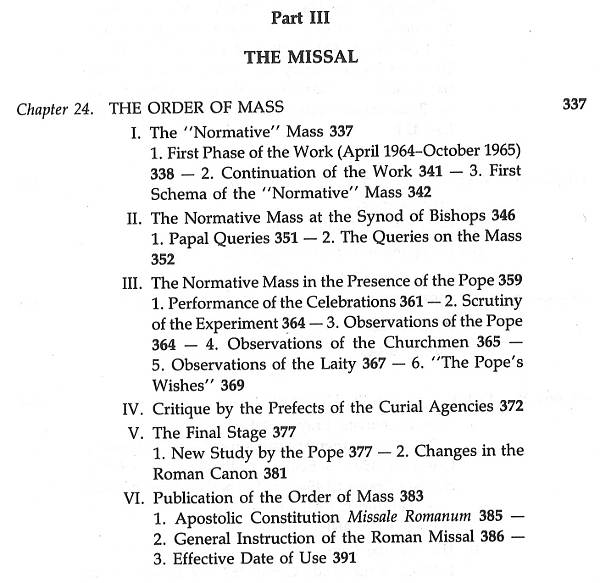Louis Bouyer om alteret
P. Louis Bouyers skrev en bok Liturgy and Architecture i 1968, som jeg så langt ikke har fått tak i. I en omtale av denne boka (og Ratzingers bruk av den) forklares det hvorfor den liturgiske bevegelse etter hvert ønsket å «snu alteret»:
Drawing on his own experience, Bouyer relates that the pioneers of the Liturgical Movement in the twentieth century had two chief motives for promoting the celebration of Mass versus populum. First, they wanted the Word of God to be proclaimed towards the people. According to the rubrics for Low Mass, the priest had to read the Epistle and the Gospel from the book resting on the altar. Thus the only option was to celebrate the whole Mass “facing the people,” as was provided for by the Missal of St Pius V21 to cover the particular arrangement of the major Roman basilicas. The instruction of the Sacred Congregation of Rites Inter Oecumenici of September 26, 1964 allowed the reading of the Epistle and Gospel from a pulpit or ambo, so that the first incentive for Mass facing the people was met. There was, however, another reason motivating many exponents of the Liturgical Movement to press for this change, namely, the intention to reclaim the perception of the Holy Eucharist as a sacred banquet, which was deemed to be eclipsed by the strong emphasis on its sacrificial character. The celebration of Mass facing the people was seen as an adequate way of recovering this loss.
Videre skriver U. M. Lang i denne artikkelen om forholdet mellom messen som en offerhandling og et hellig måltid:
Bouyer notes in retrospect a tendency to conceive of the Eucharist as a meal in contrast to a sacrifice, which he calls a fabricated dualism that has no warrant in the liturgical tradition. As the Catechism of the Catholic Church puts it, “The Mass is at the same time, and inseparably, the sacrificial memorial in which the sacrifice of the cross is perpetuated and the sacred banquet of communion with the Lord’s body and blood,”, and these two aspects cannot be isolated from each other. According to Bouyer, our situation today is very different from that of the first half of the twentieth century, since the meal aspect of the Eucharist has become common property, and it is its sacrificial character that needs to be recovered.
Pastoral experience confirms this analysis, because the understanding of the Mass as both the sacrifice of Christ and the sacrifice of the Church has diminished considerably, if not faded away among the faithful. Therefore it is a legitimate question to ask whether the stress on the meal aspect of the Eucharist that complemented the celebrant priest’s turning towards the people has been overdone and has failed to proclaim the Eucharist as “a visible sacrifice (as the nature of man demands).” The sacrificial character of the Eucharist must find an adequate expression in the actual rite. Since the third century, the Eucharist has been named “prosphora,” “anaphora,” and “oblation,” terms that articulate the idea of “bringing to,” “presenting,” and thus of a movement towards God.
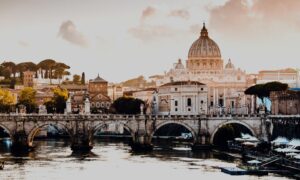
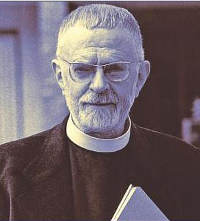 Boyer skriver dernest en hel del om sin deltagelse i kommisjonen som skulle revidere den katolske messen. Om dette skriver han slik:
Boyer skriver dernest en hel del om sin deltagelse i kommisjonen som skulle revidere den katolske messen. Om dette skriver han slik: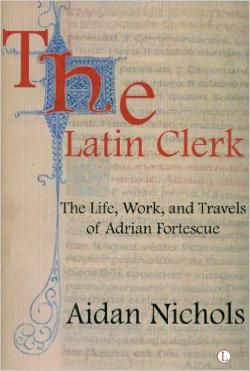 Jeg har nettopp lest ferdig Aidan Nichols’ bok The Latin Clerk – The Life, Work and Travels of Adrian Fortescue.
Jeg har nettopp lest ferdig Aidan Nichols’ bok The Latin Clerk – The Life, Work and Travels of Adrian Fortescue. 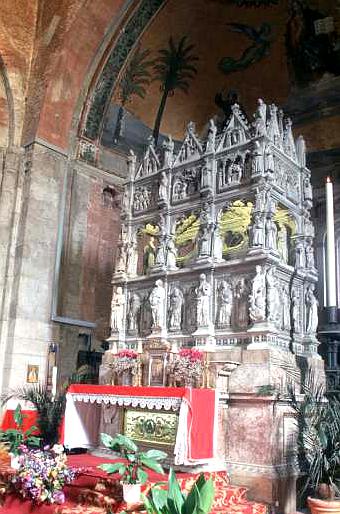 With the passage of time people simply forgot where the saints bones actually physically were in the church. Eventually, the church itself came to be controlled by two different Augustinian groups, the Canons Regular and the Hermits. Let’s just say their relations were strained and leave it at that. Then somethingBenedict XIII happened that set off the war between them.
With the passage of time people simply forgot where the saints bones actually physically were in the church. Eventually, the church itself came to be controlled by two different Augustinian groups, the Canons Regular and the Hermits. Let’s just say their relations were strained and leave it at that. Then somethingBenedict XIII happened that set off the war between them.
